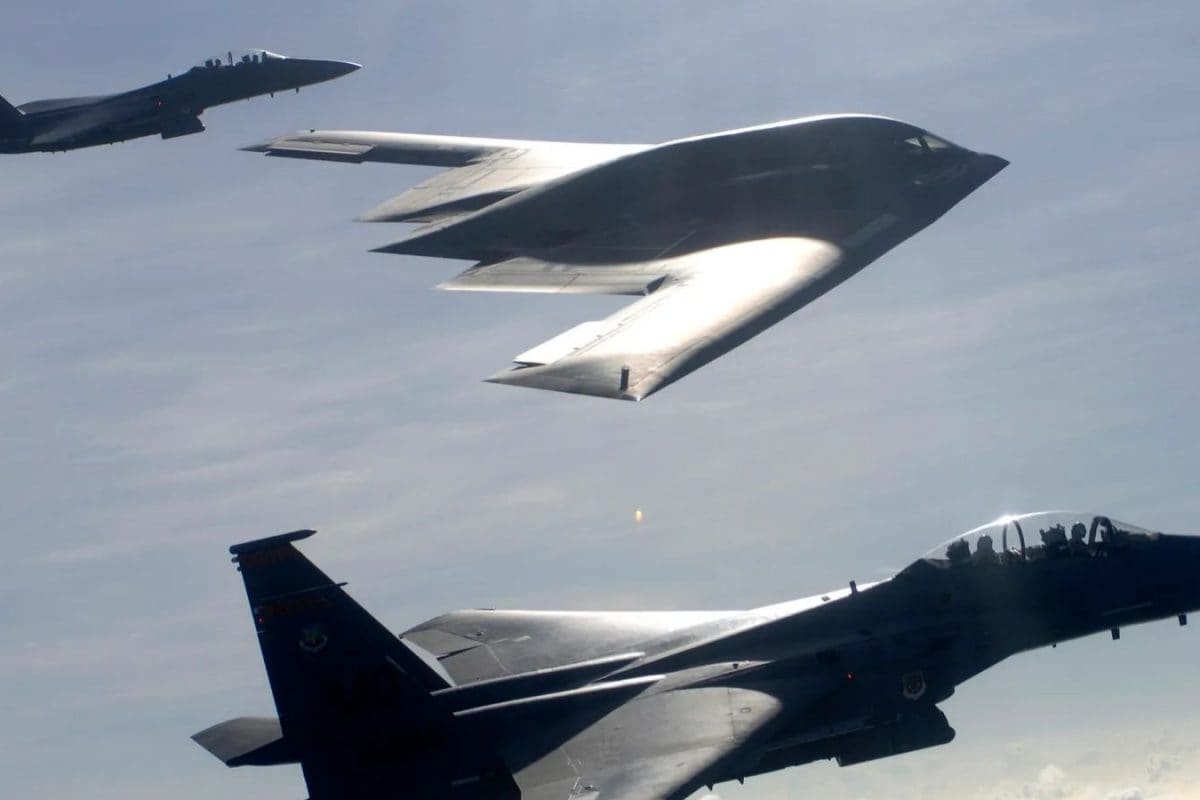

In the wake of the United States' recent military operation, dubbed "Operation Midnight Hammer," targeting Iranian nuclear facilities, claims have surfaced on social media suggesting that the U.S. utilized Indian airspace during the mission. The operation, which involved strikes on key Iranian nuclear sites, including Fordow, Natanz, and Isfahan, has triggered a wave of reactions and discussions worldwide.
Following the strikes, various social media posts alleged that U.S. bombers followed a route into Iran that traversed Indian airspace. These claims quickly gained traction, prompting official responses to address the veracity of the information.
The Indian government, through the Press Information Bureau (PIB), has officially refuted these assertions. In a statement released on Sunday, the PIB categorically dismissed the social media claims as "fake," clarifying that Indian airspace was not used by the United States during Operation Midnight Hammer. The PIB emphasized that these claims are entirely fabricated and without basis.
Adding to the clarification, the PIB referenced a press briefing where the Chairman of the Joint Chiefs of Staff, General Dan Caine, explained the actual route used by the U.S. aircraft involved in the operation. General Caine's explanation confirmed that the mission's flight path did not include Indian airspace.
Operation Midnight Hammer involved a coordinated U.S. military strike that targeted Iran's nuclear facilities. The mission included seven B-2 Spirit bombers, which flew an 18-hour route supported by multiple in-flight refuelings. As a deceptive tactic, part of the bomber package proceeded west into the Pacific Ocean to mislead the Iranian defense forces. Simultaneously, a U.S. submarine launched over two dozen Tomahawk cruise missiles at strategic surface targets. The operation also marked the first combat deployment of the GBU-57 Massive Ordnance Penetrator, a powerful bunker-buster bomb.
According to the U.S. military, the strikes occurred between 6:40 p.m. and 7:05 p.m. EST (2:10 a.m. Iran time). Impressively, Iranian air defenses did not respond, with no fighter jets launched and no missiles fired. In total, approximately 75 precision-guided munitions were deployed by over 125 U.S. aircraft. Initial damage assessments indicate that the targeted nuclear sites sustained extensive destruction.
The U.S. military reported that the B-2 bombers flew east from their base in Missouri to Iran, meeting up with U.S. fighter jets and support aircraft over the Middle East. The flight path involved multiple in-flight refuelings and a "complex, tightly timed maneuver" to ensure the mission's success. As the bombers approached their targets, the U.S. deployed "several deception tactics, including decoys," while fighter jets cleared the airspace ahead of them.
The operation has significantly heightened tensions in the region, adding a new layer of complexity to the already strained relations between the U.S., Iran, and Israel.